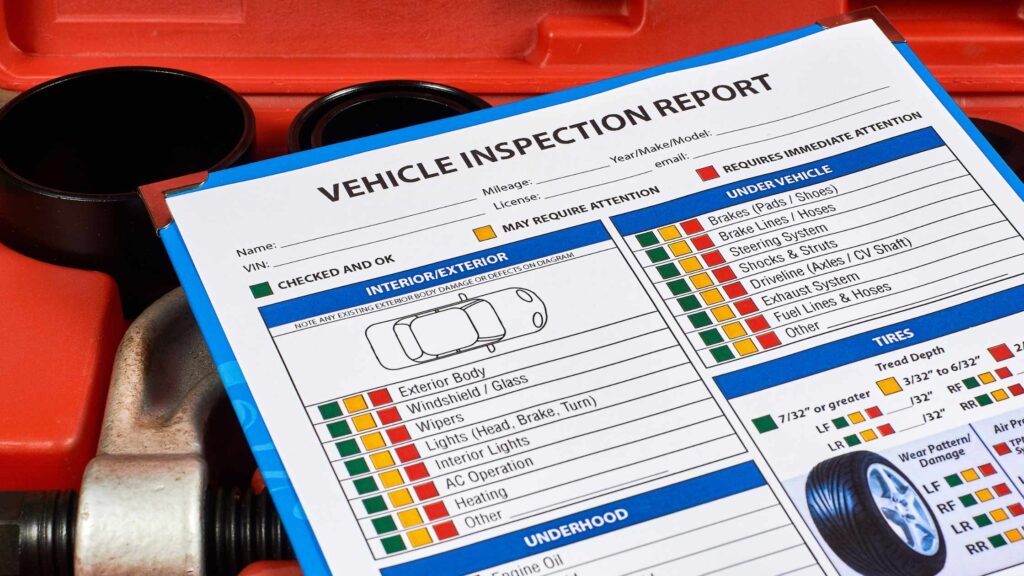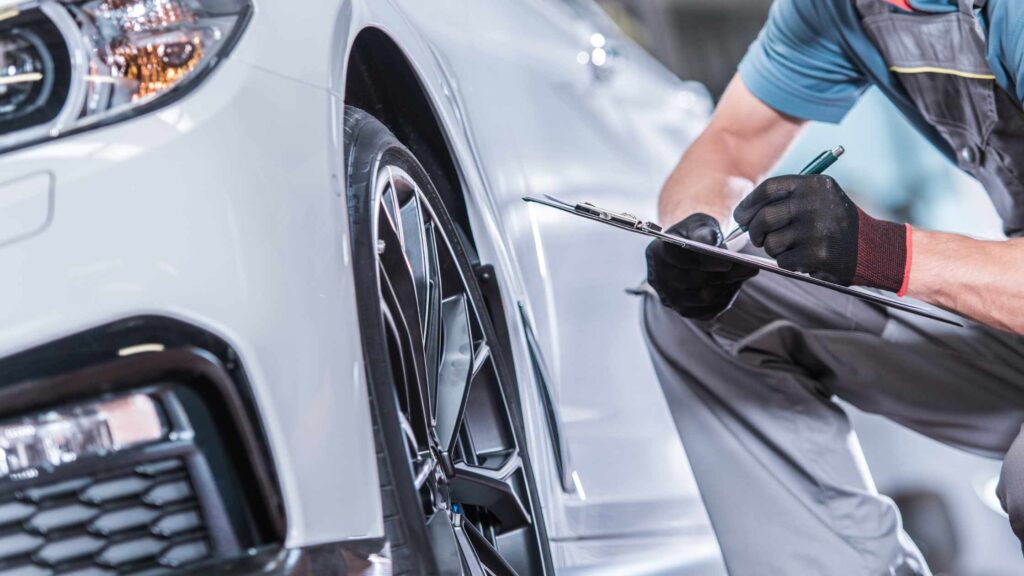Introduction
In the world of used cars, it is essential to have as much information as possible before making a purchase. One valuable tool that can provide insight into a vehicle’s past is a vehicle history report. These reports contain vital information about a car’s background and can help you make an informed decision. In this comprehensive guide, we will explore what vehicle history reports are, how to read them, and why they are important.
What Are Vehicle History Reports?
Vehicle history reports, also known as VIN checks or vehicle background checks, are documents that provide detailed information about a specific vehicle’s history. They offer potential buyers a glimpse into a car’s past, including important data such as title information, accident history, service records, and previous ownership details. These reports are compiled using various sources, including government databases, insurance companies, and auto dealerships.
How to Obtain a Vehicle History Report
Getting a vehicle history report is relatively easy and can be done both online and offline. There are several reputable companies that offer comprehensive vehicle history reports for a fee. These companies compile data from multiple sources to provide a comprehensive overview of a car’s past. To obtain a report, you will need the vehicle identification number (VIN), which is a unique 17-digit code assigned to every vehicle. This number can usually be found on the driver’s side dashboard or on the door frame.
Reading a Vehicle History Report
Once you have obtained a vehicle history report, it’s important to know how to read and interpret the information provided. While the layout and presentation may vary depending on the provider, most reports include similar sections. Let’s take a closer look at the key components of a typical vehicle history report:
1. Title Information
The title information section of a vehicle history report provides details about the car’s title history. It includes information such as the state in which the title was issued, any title transfers, and whether the car has a salvage or rebuilt title. This section is crucial in determining the legality and authenticity of the vehicle.
2. Accident History
One of the most important aspects of a vehicle history report is the accident history section. This part of the report reveals whether the car has been involved in any accidents or collisions in the past. It may include details such as the severity of the accident, the extent of the damage, and whether the vehicle was considered a total loss. Knowing about a car’s accident history can help you assess its current condition and potential future issues.
3. Service Records
The service records section provides information about any maintenance or repair work done on the vehicle. This can include routine services like oil changes and tire rotations, as well as more significant repairs. Having access to this information can give you insight into how well the car has been maintained over time.
4. Odometer Readings
The odometer readings section displays the recorded mileage at different points in the vehicle’s history. It allows you to verify whether the mileage is consistent with the age and overall condition of the car. Discrepancies in the mileage readings may indicate tampering and potential fraudulent activity.
5. Ownership History
The ownership history section provides a chronological record of the car’s previous owners. It may include details such as the number of previous owners, the length of ownership, and whether the vehicle was used for personal or commercial purposes. This information can help you gauge how the car has been used and cared for in the past.
Importance of Vehicle History Reports
Now that we understand what vehicle history reports are and how to read them, let’s explore why they are important. Here are some key reasons why obtaining a vehicle history report should be a crucial step in the car-buying process:
1. Uncovering Hidden Issues
Vehicle history reports often reveal hidden issues that may not be immediately apparent during a visual inspection. These issues can include undisclosed accidents, flood damage, or even odometer fraud. By knowing about these issues upfront, buyers can make informed decisions and avoid potential headaches in the future.
2. Assessing Vehicle Value
A vehicle’s history plays a significant role in determining its value. A car with a clean history and documented maintenance records may have a higher resale value compared to a similar model with a shady past. By obtaining a vehicle history report, buyers can assess the true value of a vehicle and negotiate a fair price.
3. Making Informed Decisions
Buying a car is a significant investment, and vehicle history reports provide the necessary information to make informed decisions. Armed with the knowledge from a report, buyers can evaluate a car’s condition, potential issues, and overall suitability for their needs. This reduces the risk of purchasing a vehicle that may not meet expectations.
Summary
In conclusion, vehicle history reports are an invaluable tool for anyone considering the purchase of a used car. They provide detailed information about a car’s past, including title history, accident records, service maintenance, odometer readings, and ownership details. By understanding how to read and interpret these reports, buyers can make informed decisions, uncover hidden issues, assess vehicle value, and ultimately, buy a car with confidence. So, before you make your next used car purchase, be sure to obtain a comprehensive vehicle history report and gain peace of mind.







